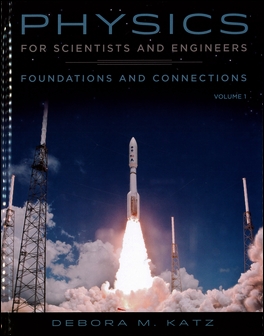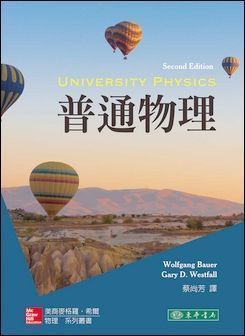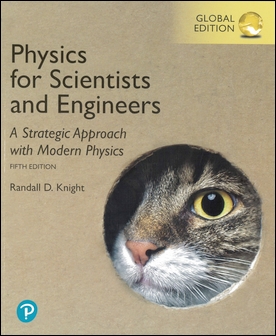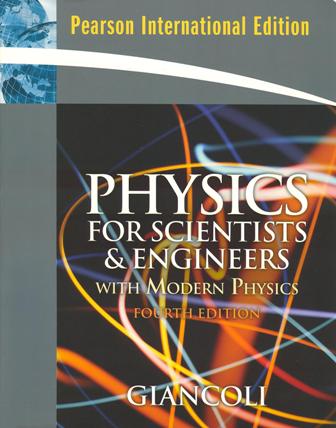書籍分類
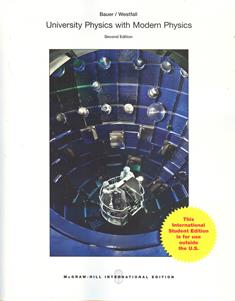
University Physics with Modern Physics 2/e
作者:Wolfgang Bauer, Gary D. Westfall
原價:NT$ 1,500
ISBN:9781259080753
版次:2
年份:2014
出版商:McGraw-Hill
版次:2
年份:2014
出版商:McGraw-Hill
內容介紹 目錄 作者介紹
- Features
- McGraw-Hill's LearnSmart is a proven adaptive learning program that helps students learn faster, study more efficiently, and retain more knowledge for greater success.LearnSmart is an intelligent, adaptive system has been shown to improve, on the average, a student's performance by a full letter grade. LearnSmart has been developed with a team of highly-regarded physics instructors familiar with the latest in physics education research to give the students a tremendous advantage in learning university physics. LearnSmart will help your student succeed by helping pinpoint areas that may need improvement. Assigned by you, or used by students as a study tool, the results are automatically recorded in a grade book.
- ConnectPlus powered by Maple delivers homework, quizzing, and testing to your students easily, reliably, and accurately. The exercises in ConnectPlus powered by Maple are authored using the industry-standard Maple technology which offers Natural Math Notation, Open-Ended Questions, and Equivalent Answer Capability. Your students will spend less time manipulating the answer, and more time learning.
- Multi-Version Exercises are groups of problems focused around a particular topic that require the student to solve the problem using different inputs. For example, a problem on kinetic energy would be solved for mass, speed, and joule. This helps students to recognize how different problems are related so they can apply problem solving techniques to new questions in homework and on exams.
- ConnectPlus e-Book is accessible by itself or through the Connect or LearnSmart module. The e-book includes integrated animations and simulations that help explain physics concepts and increase student understanding and learning.
- Focus on Learning and Problem Solving The authors' use of a strong learning framework as well as modern and compelling applications and examples supports and motivates the student's journey to master the topics in a university physics course. Solved Problem examples present a consistent seven-step problem solving approach that encourages the student to Think Like a Scientist and make the right decisions on the way to solving the problem.
- A Broad Selection of Problem Types allows the instructor to assign simple or complex exercises tailored to a particular course need. Multiple-Choice Questions, Multi-Version Exercises, Conceptual Questions, Section-Specific Exercises, additional Chapter Exercises, Concept Checks, and Self-Test opportunities are available for assignment in many different ways.
- Recent Research and Advances in Physics are presented throughout the text to provide relevance and motivation to students. The relevance of physics in alternative energy sources, environmental issues, medicine, astronomy, and engineering are all discussed and represented in the text and problems. 'The Big Picture' chapter at the beginning of the text introduces student to the amazing new frontiers of physics research.
- Enhanced Mathematics Coverage is included to assist students with calculus topics that are relevant to physics topics. This coverage is optional, and a math appendix appears at the end of the text.
- Online Delivery and Homework University Physics, second edition, is available through ConnectPlus Powered by Maple as well as many learning management systems through McGraw-Hill Campus. ConnectPlus is also fully integrated with BlackBoard. Online homework is also available through the LON-CAPA and WebAssign systems.



